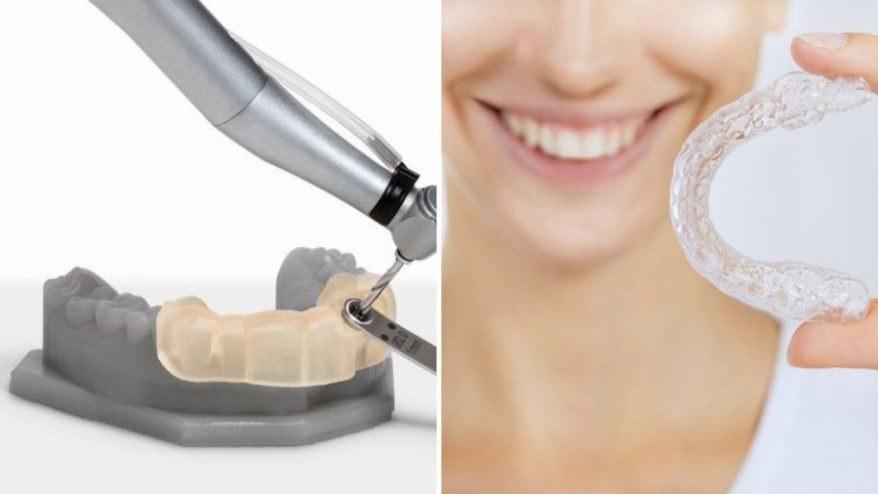
Dental 3D Printing: Better Teeth at Lower Prices


At 3DSourced we’ve covered everything 3D printing and 3D since 2017. Our team has interviewed the most innovative 3D printing experts, tested and reviewed more than 20 of the most popular 3D printers and 3D scanners to give our honest recommendations, and written more than 500 3D printing guides over the last 5 years.
As 3D printing technology has evolved, so too have its applications in medical industries, from 3D printed prosthetics to joint replacements. Dental 3D printing and additive manufacturing dental implants have been in development since the 1990s, with the benefits of 3D printed dental implants becoming apparent to both dentists and their patients throughout the world.
3D printing in dentistry offers great benefits to both patients and practices, and the world is now embracing these techniques to make sure our smiles are much healthier, at a fraction of the price.
History of 3D Printing in Dentistry
In recent decades, 3D printing has seen many developments in medicinal fields, with the use of 3D printing in medical reconstructions and orthopaedics opening the door for the delicate practices of dental surgery.
3D printing for dental practice began in 1971 as digital dentistry, using digital methods such as scans and computer-based analysis for diagnosis and surgery instead of traditional mechanical or tool-based measures.
It wasn’t until decades later that 3D printing was used to create reference materials for surgeries. From there, 3D printing’s continued development allowed for the construction of custom implants from as early as 1999.
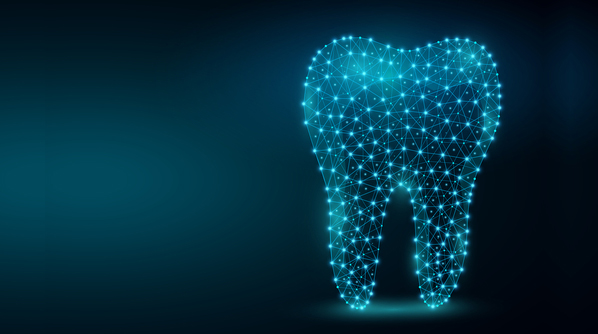
To create these implants, a special wand called an intraoral scanner is used to scan a patient’s teeth and recreate exact replicas for necessary replacements, and biologically compatible custom implants have been in production since 2017. These 3D scans can be as accurate as an x-ray in determining the shape of a patient’s dental structure.
Today, the continued technological developments in 3D printed dentistry allow for faster and more accurate prints for a variety of surgeries, whether cosmetic and corrective, to necessary or urgent procedures such as replacements, repairs, crowns, and even orthopaedic reconstructions.
3D Printing in Dentistry Today
Traditional dentistry has been constantly improving for decades and, as with all medical fields, newer technologies and practices often overtake the old.
While x-rays can be used to measure a basic shape, custom implants must be as accurate as possible to avoid discomfort and aid healing. The molds therefore need to be designed to a patient’s exact dimensions. This can be a time consuming, invasive, and often uncomfortable process.
However, 3D modeling and scanning offer discomfort-free solutions. 3D scanning a patient’s tooth or mouth doesn’t require any contact, and is a far cry from the invasive mold-making techniques used previously. This is very good news for the many people who suffer from the common anxieties or phobias of dentists and dental procedures.
- We also have a ranking on the best 3D scanners.
3D Printing in Dental Procedures: How Does It Work?
3D printed dentistry has seen increased precision, efficiency, and safety of 3D printed dental implants. Orthodontists particularly have adopted 3D printing in their work to create desired shapes and contours for perfect fitting customized implants.
Once a scan is made using the intraoral scanner, a mold can be constructed using a 3D CAD model and then 3D printed for future corrections, implants, and dental prosthetics.
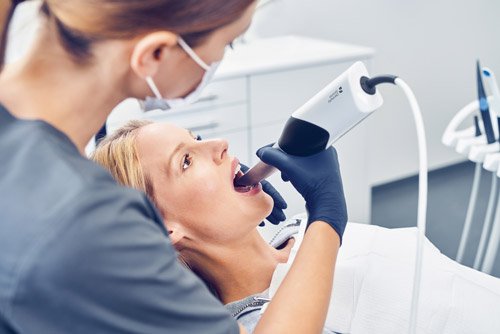
From this scan, dentists can also print drill guides to use in surgery to ensure implants match the patient’s mouth. This makes for safer procedures, faster healing times, and more comfortable prosthetics.
Precision is important not only for aesthetic purposes, but also to fit in with other teeth which may not necessarily be aligned. While most artificial teeth are made to order to ensure uniformity and comfort, 3D printers can print far more intricate and complex designs. Resin 3D printers print specialized dental resins for accurate dental holds.
The precision and relative ease with which prosthetics and implants are made cuts down the production time, especially when made in-house and on-demand. This is excellent news for patients awaiting urgent or otherwise important procedures.
The Financial Benefits of 3D Printing in Dentistry
3D printing in dentistry isn’t just about what’s for the patient, as 3D printed dental tools can also be created and maintained in-house to lower the overall costs for a practice.
One of the biggest expenses to a dental practice is the management, maintenance, stock, and staffing of dental laboratories. The yearly costs of these labs can add up to over $100,000 a year.
However, with training and the correct 3D printing equipment, in-house 3D printed dental prosthetics can reduce these costs by 75%. These savings pass onto the patient, as the lowered cost for the dentist means lower bills for the client.
For example, the average cost for a dental crown in the United States is between $1,100 and $1,500, but some can even cost $2,000.
Recent pricing guides have seen up to an 80% saving for patients in practices that use in-house dental 3D printing for their crowns and prosthetics.
If you are interested in purchasing a dentistry 3D printer, we may be able to help:
*One of our trusted partners will be in touch following a quote request.
3D Printed Dental Applications
Implants
While traditional machining has proven useful in making these implants, individual differences in mouth shape, teeth positions, and jaw bone structure have made this process more trial-and-error than exact science.
With scans of the mouth and jaw, the exact geometry of the affected area can be converted into a model and a 3D printed tooth can be made to match the necessary contours for a better and more comfortable fit.
Once a patient’s mouth has been scanned, dentists can begin printing the necessary replacement and testing it with the patient before surgery. From there, these implants can be fitted with surgery as a replacement tooth.
The reduced need for repeated attempts also cuts down on time and costs for both patient and practice.
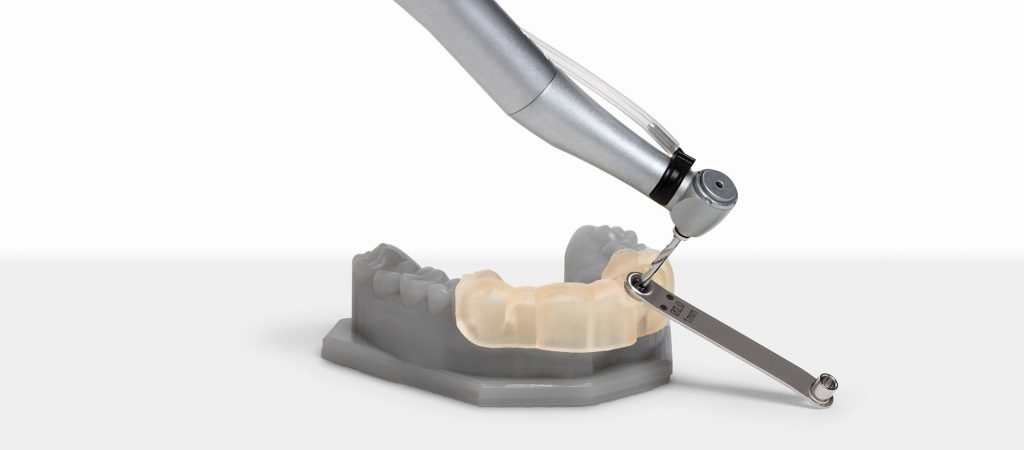
Dentures
Previously, most dentures were off-the-shelf models that were made to fit a patient’s mouth, but otherwise remained consistent across most models. With 3D printed customizability, dentures can be made to a patient’s exact specifications.
The benefits of prosthetics and crowns in 3D printed dentistry also apply to whole-mouth dentures. Major breakthroughs in dental prosthetics for the elderly have been gained traction since the use of specific dental resin began garnering more attention and use in early 2019.
The uniqueness in this product also creates a more inclusive range of treatments. Patient-specific dentures can be costly if made using traditional methods, but the lower cost of 3D printing ensures that patients will have access to dental replacements, regardless of income.
This lower cost comes mainly from the saving in time with in-house printing, as dentures don’t need to be designed, built, and delivered from elsewhere; thereby passing the savings onto the patient.

Dental Crowns
Crowns are perhaps the most versatile of dental procedures. They can be used to strengthen a weak tooth, bridge and fill gaps and cracks, or act as replacements for broken or chipped teeth.
By using a castable wax, practices can print a crown that can be molded over the affected tooth to fit as firmly as possible, ensuring an accurate shape for a tight and comfortable fit. As a result, 3D printed crowns are far more reliable to traditionally machined crowns, which can fall out due to subpar materials or improper fitting.
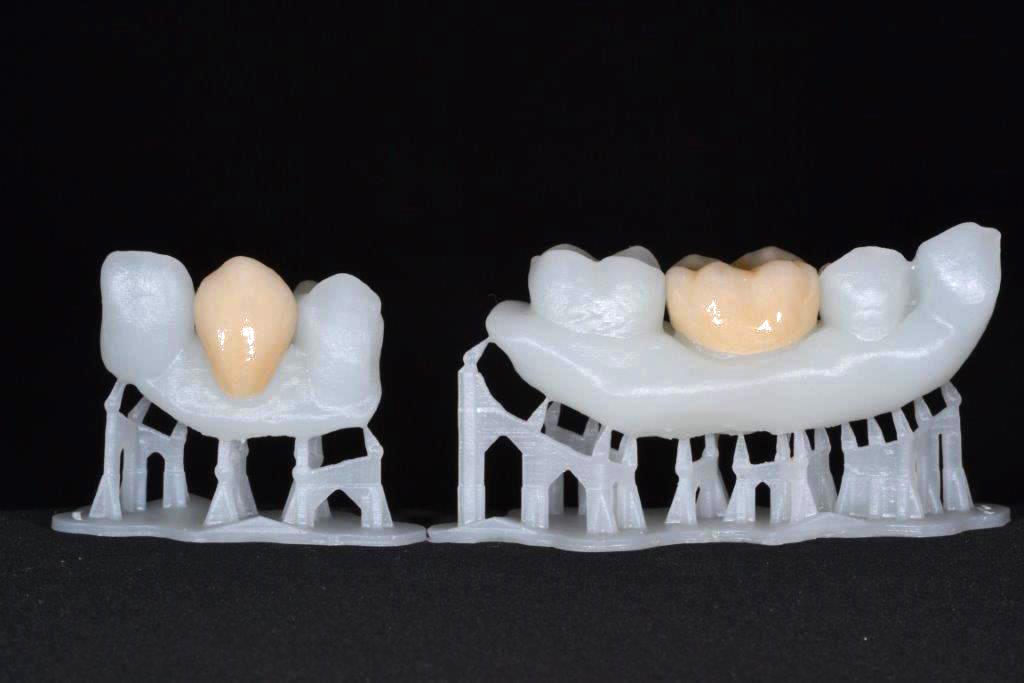
Retainers and Aligners
Retainers and aligners are often prescribed to those with crooked teeth as post-brace and surgical care, as well as corrective courses. Because of this, aligners need to be a specific shape to ensure that teeth are not bent out of place, which can cause future issues.
Patients and practices alike have noted that while 3D printed retainers are no more accurate or comfortable than traditionally-made models, they can be made much faster, and at a much lower cost.
Once prescribed, dentists can design and print a useable retainer in-house in as little as 45 minutes for same-day use. This significantly cuts down cost, wait and healing times, and after-care stress.
What this means for the patient is that they won’t need to wait several days or even weeks for a retainer. They could be able to pick up their newly 3D printed retainer from reception by the time the treatment is done!
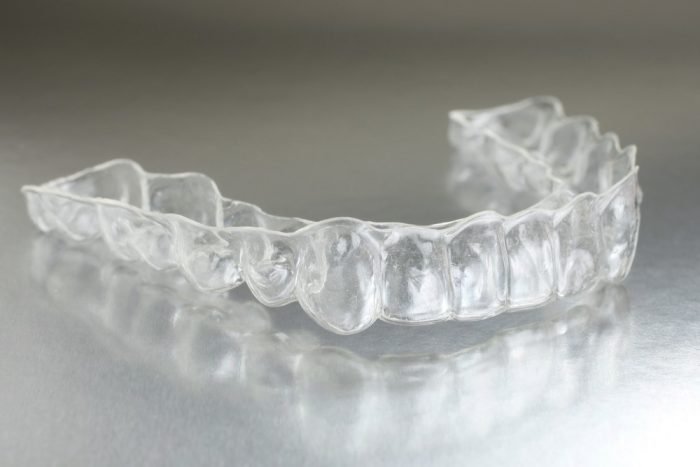
Cheaper Means Popular: Why 3D Printing in Dentistry Can Improve Public Oral Health
Oral hygiene is important for anyone, regardless of general health or lifestyles. However, regular dental check-ups can also be one of the most expensive parts of a good health routine, particularly for those on lower incomes or without insurance.
In 2018, 42% of Americans admitted to not going to the dentist as often as they felt they should, many of whom cited costs as a primary reason. Because of this, the public’s general oral health is lower than ideal due to many avoidable problems and conditions not being diagnosed as early as they could have been.
With lowered costs, more people can access good dental care. 3D printing in dentistry therefore offers a key improvement to worldwide oral health.
Therefore, the benefits of 3D printing for dental prosthetics could improve quality of life, patient satisfaction, and general happiness for thousands of people all over the world.
3D Printing Dental Materials
Whereas standard 3D printing concentrates on strength and durability, dental 3D printing materials must also be safe for medical procedures and contact with the human body.
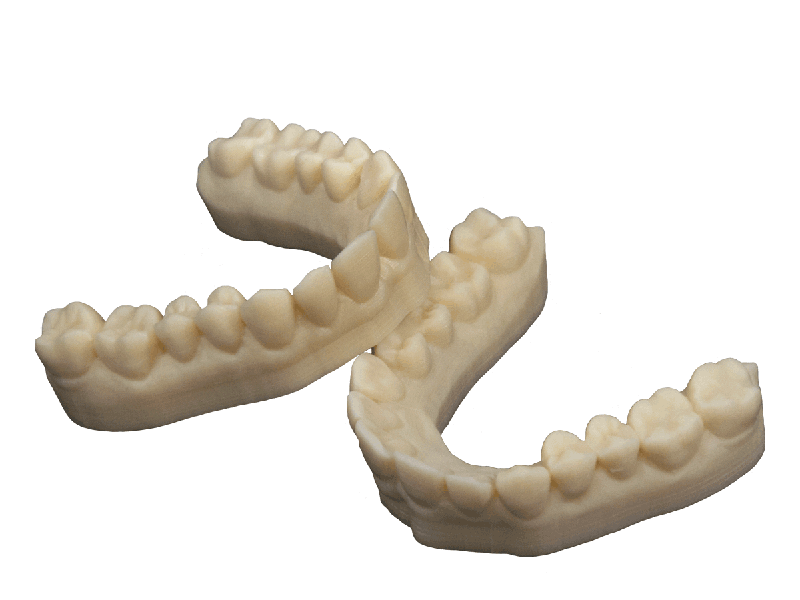
Model resin: often used in 3D printed dentistry due to its malleability for more precise and comfortable fits in crowns and prosthetics.

Draft resin: for orthodontic retainers and aligners, a draft resin is used as it is one of the fastest materials to print, taking only 20 minutes to print a standard aligner for same-day application.
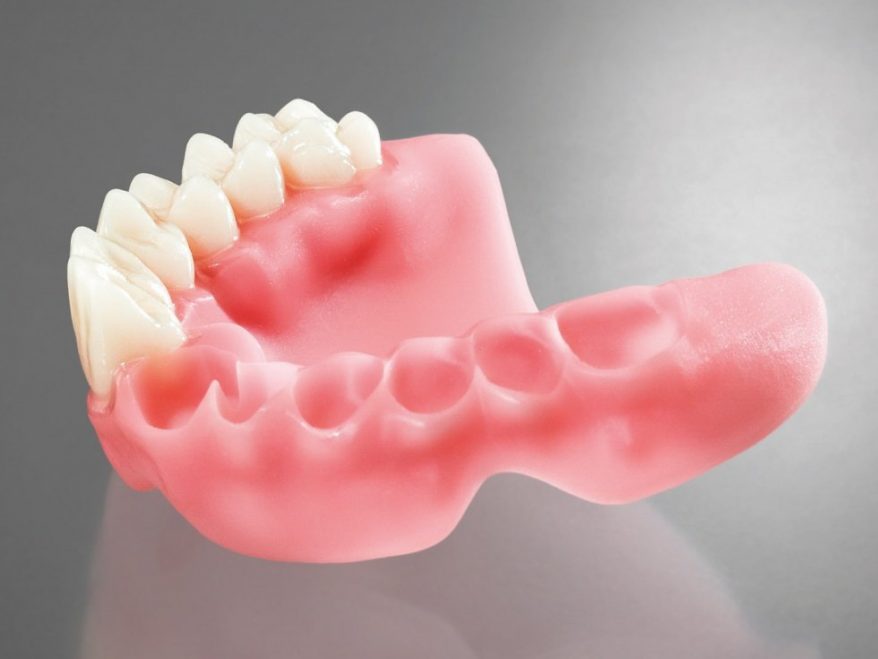
Castable resin: for crowns and teeth repairs, a castable resin is used. This resin is made of 20% wax, which adheres well to the patient’s mouth and is strong enough to match the density of a standard tooth.
Conclusion: The Future of 3D Printing in Dentistry
3D printing in modern dental procedures have seen recent booms lately, with ever-evolving technological developments being used in various treatments and surgeries.
Both the creation and application of dental replacements and prosthetics are significantly less time consuming and cheaper with 3D printing, and dental practices all over the world are taking advantage of these benefits.
A 2019 study by Takira M A Kohli showed increased patient satisfaction and life expectancy after dental procedures that used 3D printing. The study concluded that this was due to the decreased wait times for necessary equipment and fittings, and overall increase in comfort post-surgery.
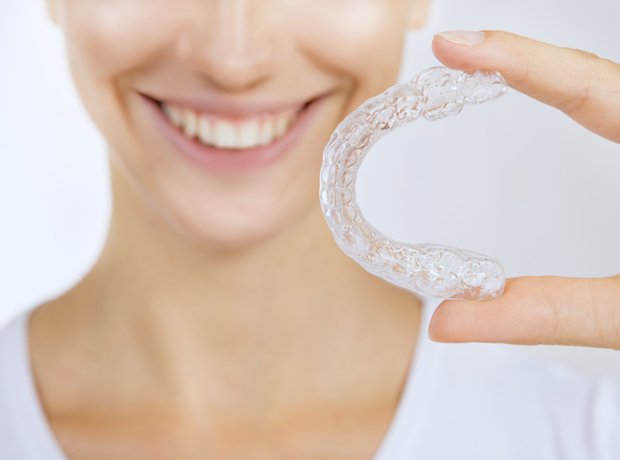
3D printing in dentistry, as well as other medical fields, is full of yet untapped potential that can provide improved dental care for patients at much lower costs for all involved. With continued research into the applications of 3D printing in dental practices, it’s not a stretch to say that our smiles are going to keep getting happier and healthier for years to come.




















